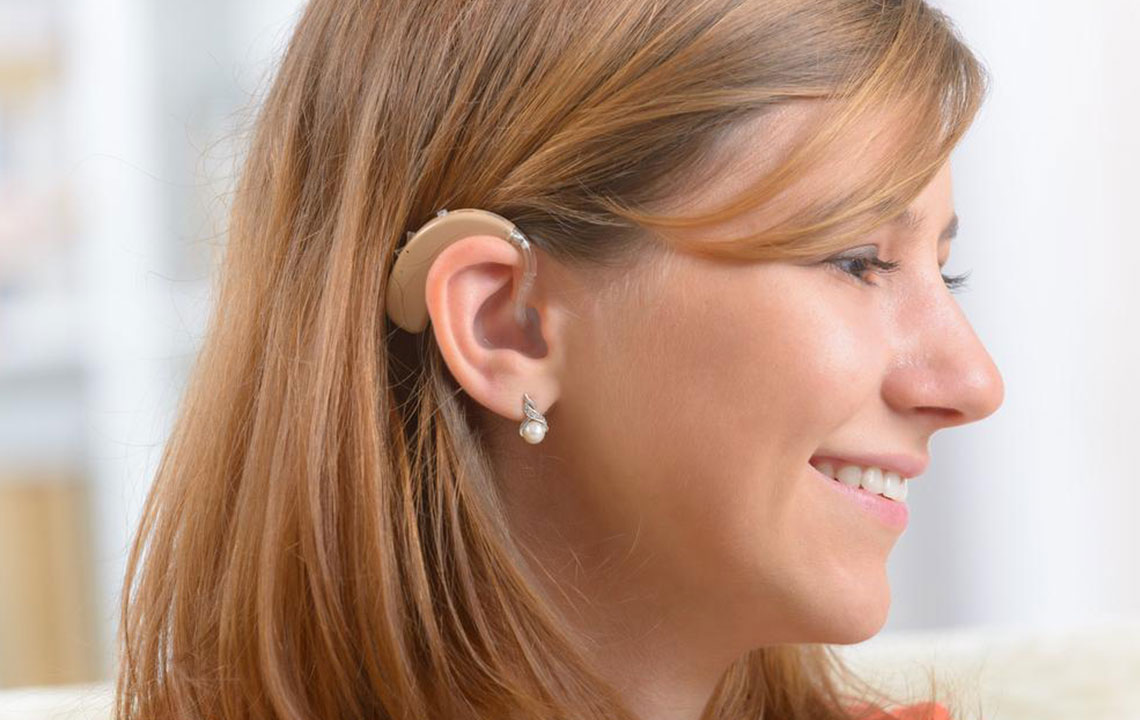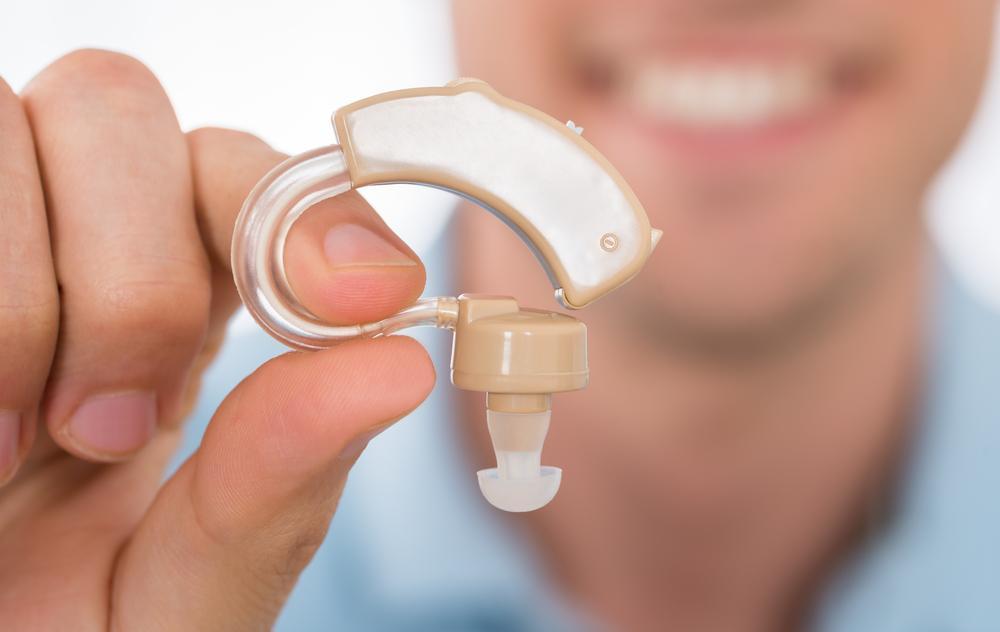Comprehensive Guide to Choosing the Ideal Hearing Aids for Your Needs
This comprehensive guide provides in-depth information on choosing the right hearing aids, covering different types, features, and top brands available in the market. It emphasizes the importance of personalized selection based on lifestyle, hearing loss severity, and preferences, ensuring users make informed decisions to enhance their hearing experience and quality of life. Perfect for those seeking effective hearing solutions and expert advice on device options.

Comprehensive Guide to Choosing the Ideal Hearing Aids for Your Needs
Hearing aids are sophisticated, compact electronic devices specifically engineered to assist individuals experiencing hearing difficulties by amplifying sound. These devices play a crucial role in enhancing daily communication and improving overall quality of life for users with various types of hearing impairments. The core components of a typical hearing aid include an amplifier, microphone, and speaker, each serving a vital function to ensure the device operates effectively. The microphone captures ambient sounds, converting them into electrical signals. These signals are then processed and amplified by the amplifier before being transmitted through the speaker into the ear canal, enabling clearer hearing.
Understanding Different Types of Hearing Aids
Completely in canal (CIC): Small, discreet devices that fit entirely within the ear canal, making them virtually invisible.
Invisible in canal (IIC): The smallest hearing aids, hidden deep in the ear canal for maximum discretion.
In ear (ITE): Custom-molded devices that fit inside the outer ear, providing a balance of visibility and functionality.
In canal (ITC): Partially visible devices that sit partly inside the ear canal, suitable for moderate hearing loss.
Receiver in the canal (RIC): Devices with a receiver placed inside the ear canal and a thin wire connecting to a behind-the-ear component, offering natural sound and ease of use.
Behind the ear (BTE): Larger devices that rest behind the ear with a tube or wire leading into the ear canal, ideal for severe hearing impairment and easy handling.
Choosing the right hearing aid depends on individual preferences, lifestyle needs, and hearing loss type. Some users prioritize discreetness, while others focus on advanced features or ease of maintenance. It's essential to consult with audiologists to determine the most suitable device for your specific hearing profile.
When selecting hearing aids, several factors should be thoughtfully considered. Lifestyle factors include daily activities, work environment, and social interactions. Technical considerations encompass the hearing loss severity, dexterity, and dexterity challenges that may influence ease of use. Additional features such as wireless connectivity, noise reduction, directional microphones, and rechargeability can significantly enhance the user experience. Benefits of proper hearing aid selection include improved perception of low-frequency sounds, clearer phone conversations, seamless communication, and better hearing performance in noisy environments. Key evaluation criteria for choosing a brand include sound clarity, affordability, durability, ease of fitting, user-friendliness, aesthetic appeal, connectivity options, customer support, and battery lifespan.
Top Hearing Aid Brands in the Market
ReSound: Renowned for integrating cutting-edge 2.4 GHz wireless technology, ReSound offers devices that provide enhanced speech understanding and effortless connectivity. Their latest models generally retail at around $2650, making them a premium choice for users seeking advanced features.
Bernafon: An established manufacturer known for producing budget-friendly and reliable hearing aids, perfect for first-time users or those seeking affordable options. The Bernafon Serena model is a popular choice, typically priced at approximately $1950.
Starkey: Recognized for pioneering innovative canal hearing aids, Starkey also participates in charitable initiatives aimed at providing hearing aids to underserved populations. Their typical pricing averages about $1450, offering a balance of affordability and functionality.
Oticon: Oticon is celebrated for its advanced wireless and IoT-enabled hearing aids, providing seamless connectivity with smart devices. The Oticon Open series is priced around $2450, making it an excellent choice for tech-savvy users seeking high-performance devices.
Widex: Known for compatibility with iPhone and other smart devices, Widex offers a range of innovative hearing aids. The Evoke model, noted for its sophisticated sound processing and user-friendly features, is typically available for about $1800.
In conclusion, selecting the optimal hearing aid involves understanding your unique listening needs, lifestyle preferences, and budget. Consulting with qualified audiologists can help identify the most suitable device and brand, ensuring optimal hearing improvement and user satisfaction. Remember, the right hearing aid can significantly enhance your communication abilities and overall quality of life, making it a worthwhile investment tailored to your personal and auditory health needs.





